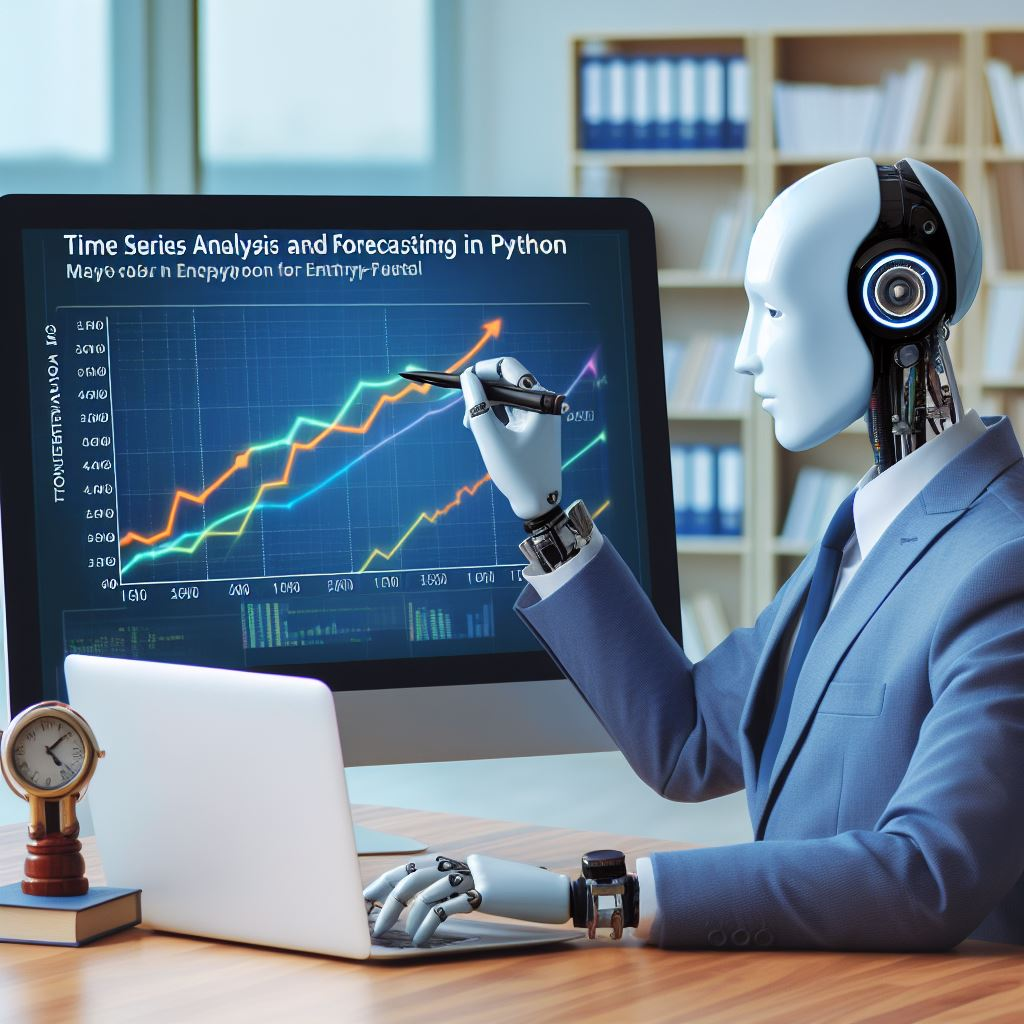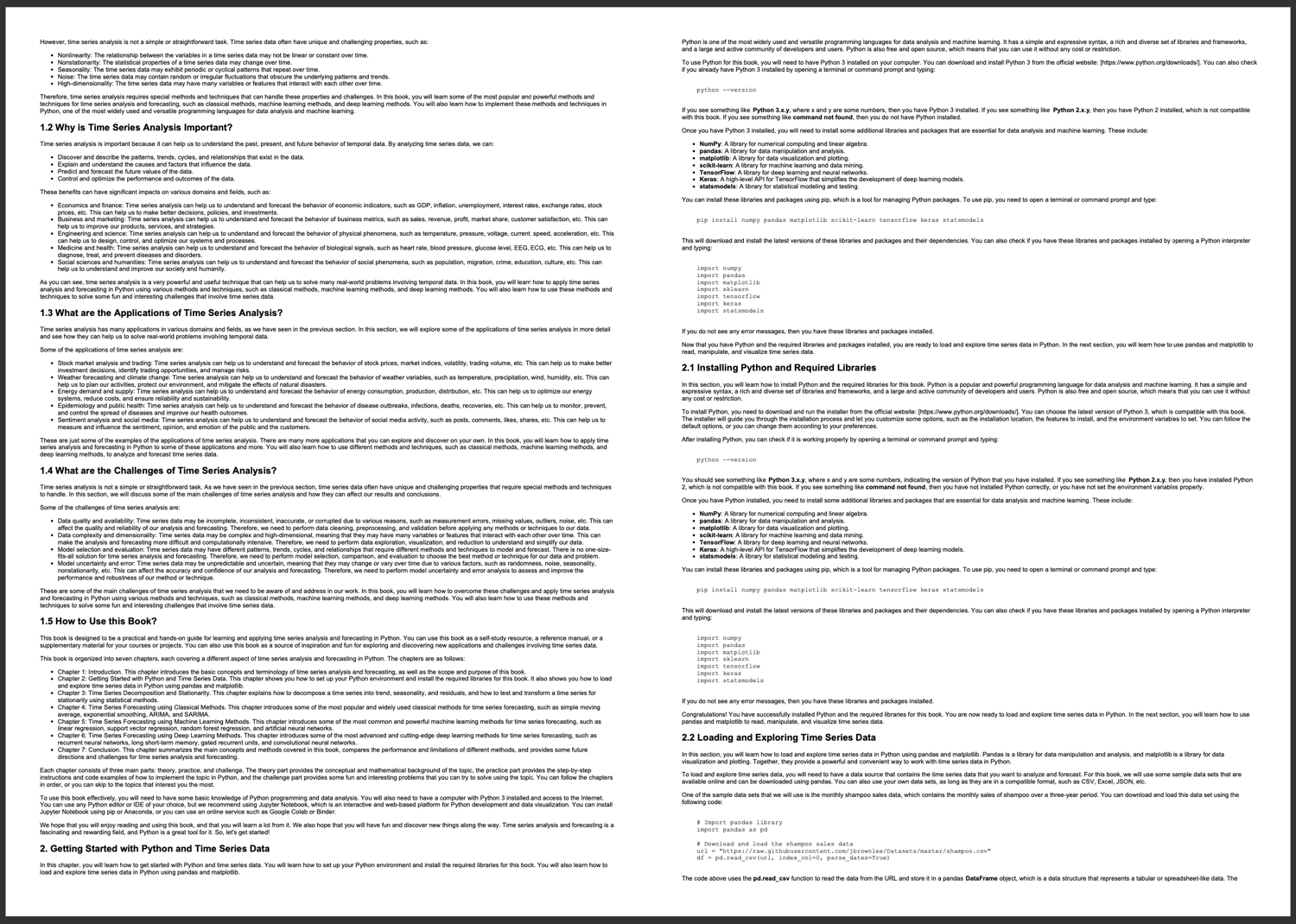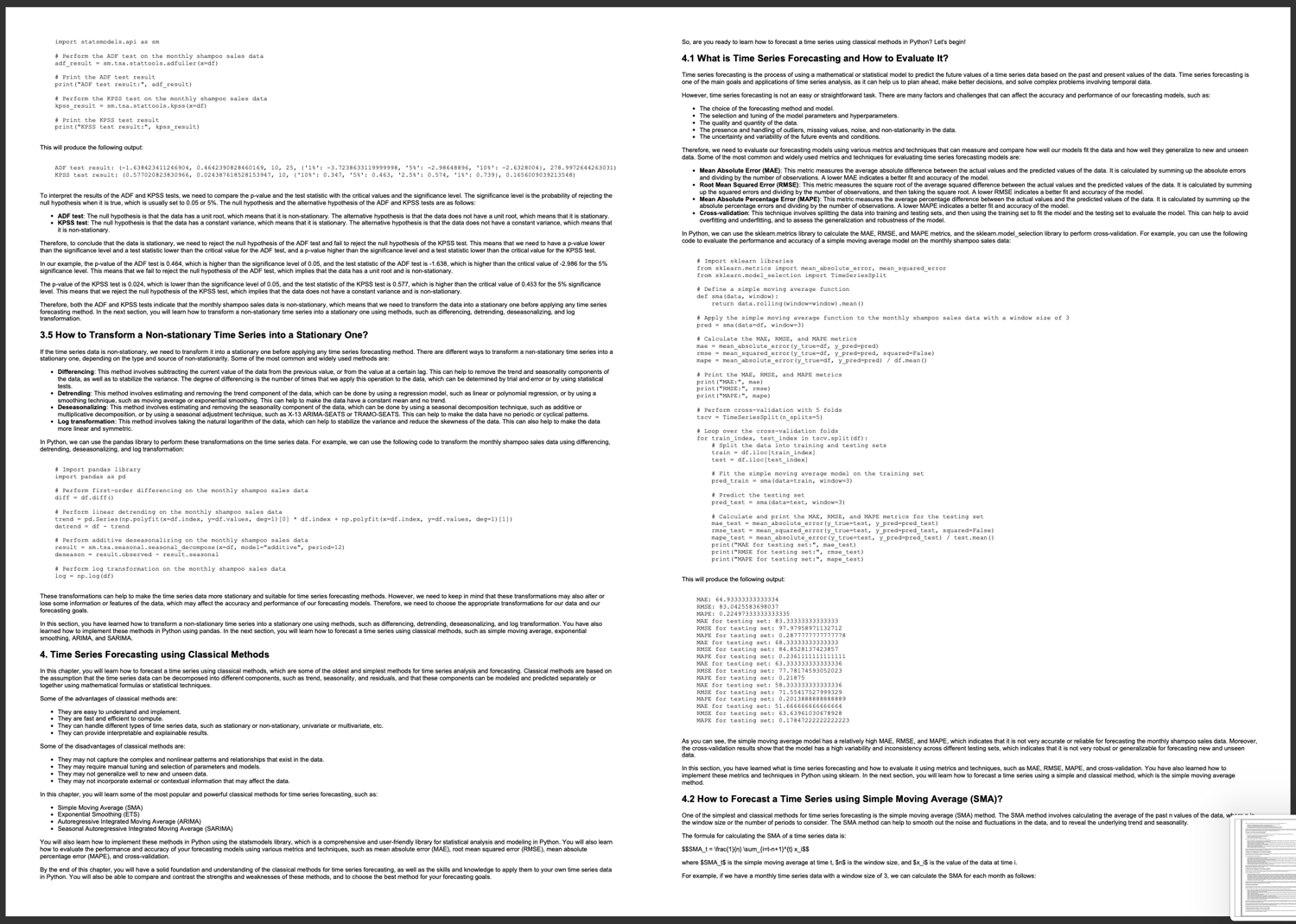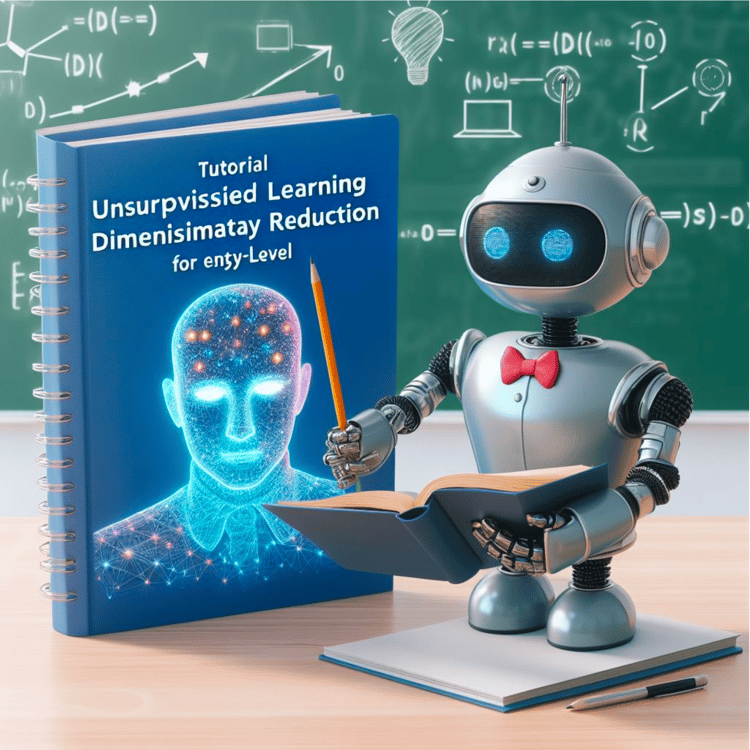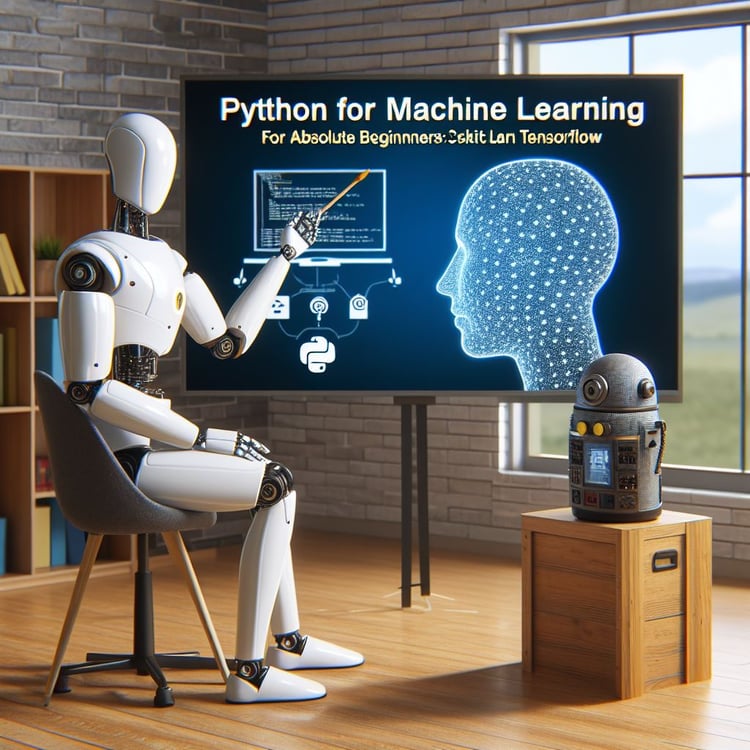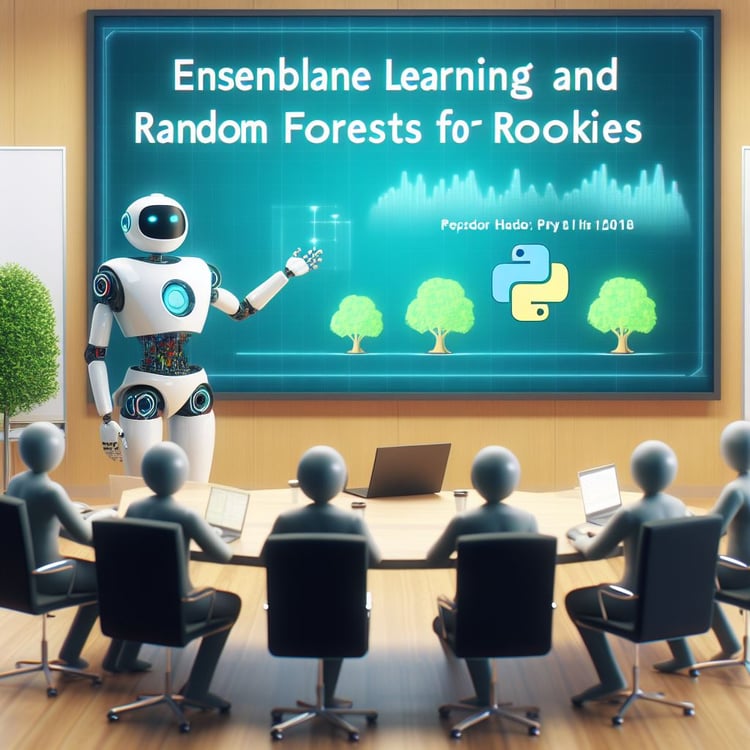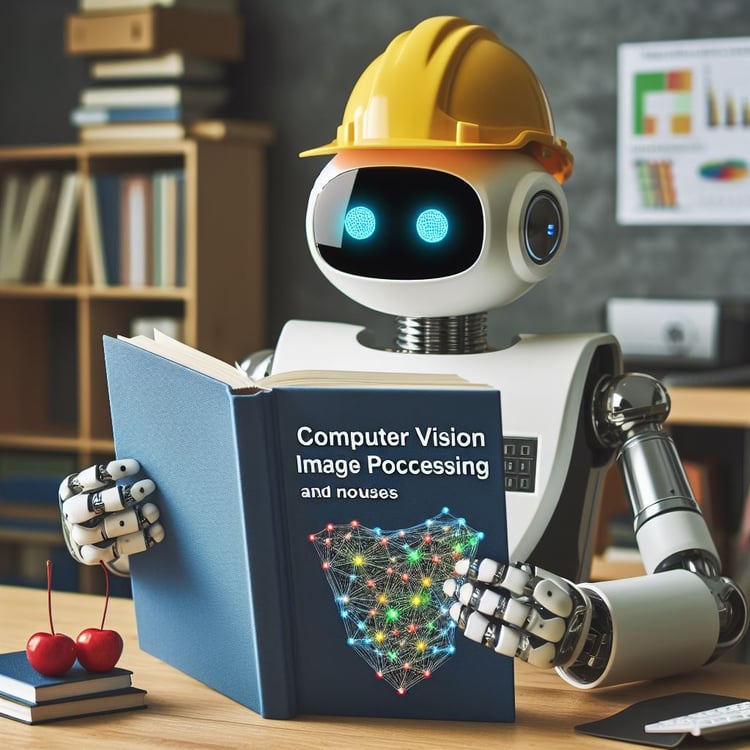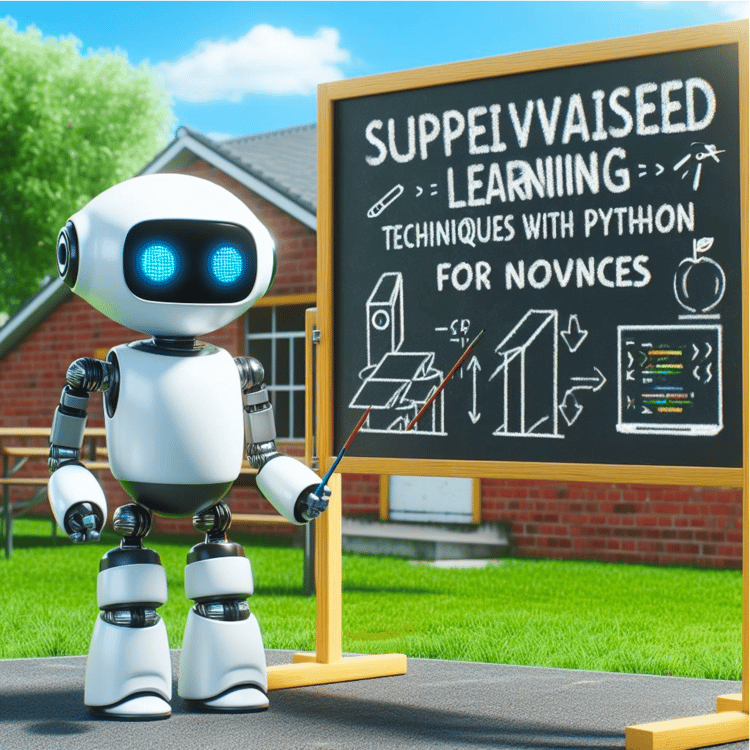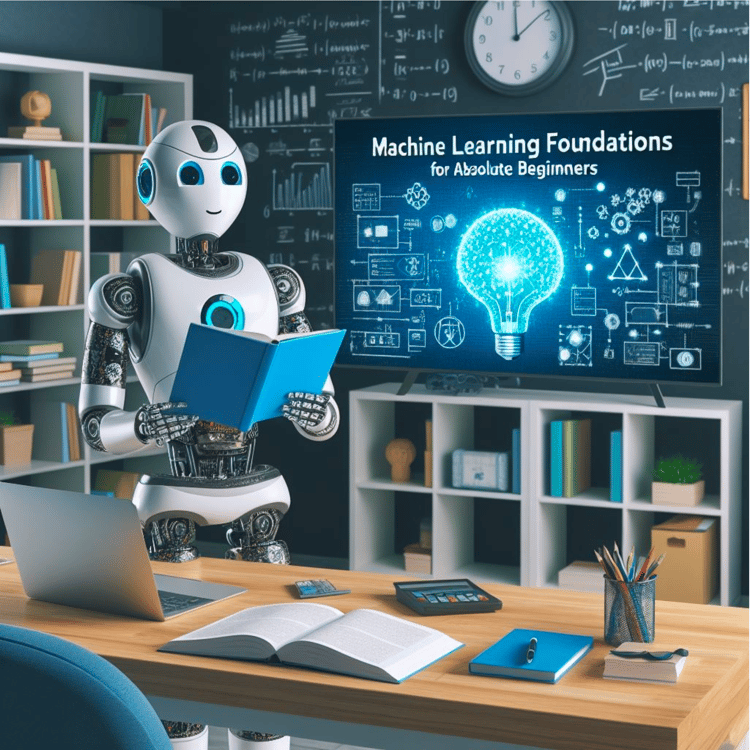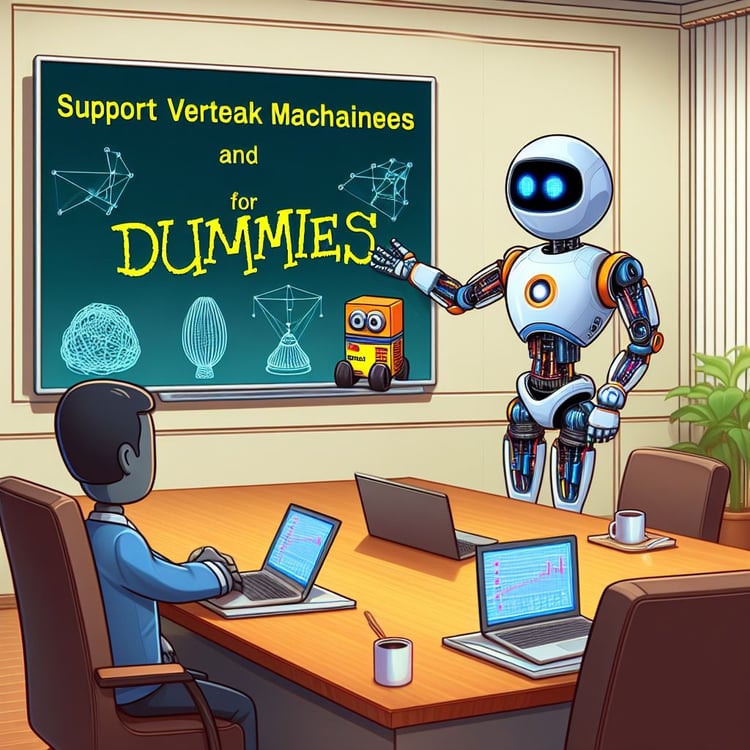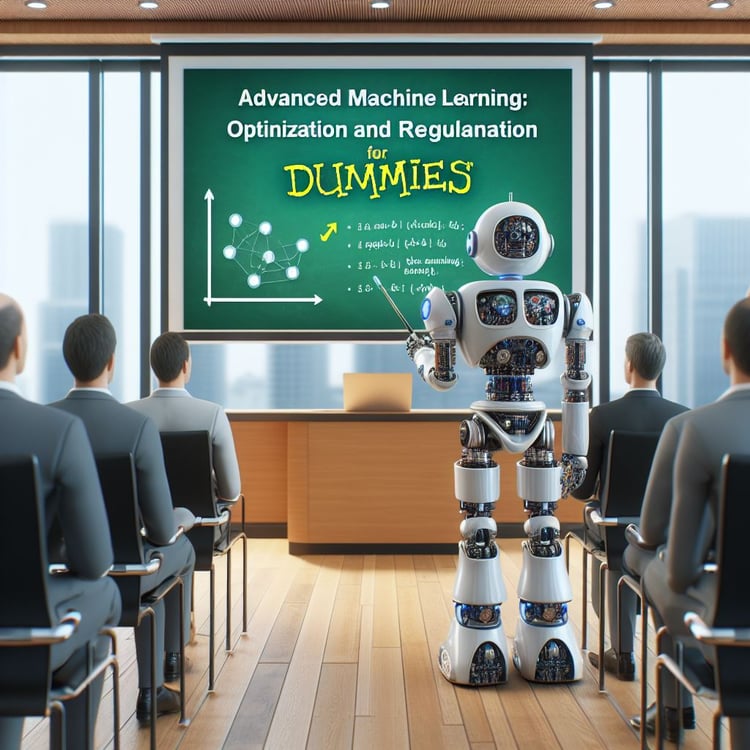ML Book 8 - Time Series Analysis and Forecasting in Python for Entry-level
Table of Contents
1. Introduction
1.1 What is Time Series Analysis?
1.2 Why is Time Series Analysis Important?
1.3 What are the Applications of Time Series Analysis?
1.4 What are the Challenges of Time Series Analysis?
1.5 How to Use this Book?
2. Getting Started with Python and Time Series Data
2.1 Installing Python and Required Libraries
2.2 Loading and Exploring Time Series Data
2.3 Visualizing Time Series Data
2.4 Handling Missing Values and Outliers
2.5 Resampling and Aggregating Time Series Data
3. Time Series Decomposition and Stationarity
3.1 What is Time Series Decomposition?
3.2 How to Decompose a Time Series into Trend, Seasonality and Residuals?
3.3 What is Stationarity and Why is it Important?
3.4 How to Test for Stationarity using Statistical Methods?
3.5 How to Transform a Non-stationary Time Series into a Stationary One?
4. Time Series Forecasting using Classical Methods
4.1 What is Time Series Forecasting and How to Evaluate It?
4.2 How to Forecast a Time Series using Simple Moving Average (SMA)?
4.3 How to Forecast a Time Series using Exponential Smoothing (ETS)?
4.4 How to Forecast a Time Series using Autoregressive Integrated Moving Average (ARIMA)?
4.5 How to Forecast a Time Series using Seasonal Autoregressive Integrated Moving Average (SARIMA)? 5. Time Series Forecasting using Machine Learning Methods
5.1 How to Prepare Time Series Data for Machine Learning?
5.2 How to Forecast a Time Series using Linear Regression?
5.3 How to Forecast a Time Series using Support Vector Regression (SVR)?
5.4 How to Forecast a Time Series using Random Forest Regression?
5.5 How to Forecast a Time Series using Artificial Neural Networks (ANN)?
6. Time Series Forecasting using Deep Learning Methods
6.1 What is Deep Learning and How is it Different from Machine Learning?
6.2 How to Forecast a Time Series using Recurrent Neural Networks (RNN)?
6.3 How to Forecast a Time Series using Long Short-Term Memory (LSTM)?
6.4 How to Forecast a Time Series using Gated Recurrent Units (GRU)?
6.5 How to Forecast a Time Series using Convolutional Neural Networks (CNN)? 7. Conclusion
7.1 Summary of the Main Concepts and Methods
7.2 Comparison of the Performance and Limitations of Different Methods
7.3 Future Directions and Challenges of Time Series Analysis and Forecasting 7.4 Resources and References for Further Learning

